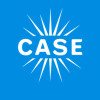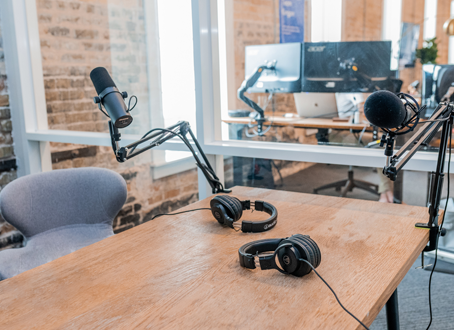Over the last four years, the Case Foundation has been actively sharing and championing a framework of principles under the title, Be Fearless. Based on research highlighting key factors that often lead to transformative social change, it calls on individuals and organizations to Be Fearless in their vision, efforts and commitment to their cause. Throughout this period, I’ve met thousands of changemakers from across the country who have embraced the concept and are actively creating change in their communities on everything from poverty and education to climate change and impact investing.
Today, I am delighted to announce that we are debuting a redesigned Be Fearless Hub to enhance the user experience and make more accessible the free tools and resources that our community has requested. The new Hub includes a step-by-step guide to help your organization assess and navigate change, and a set of case studies that showcase some best-in-class changemakers putting the Be Fearless principles into practice—including three exclusive new case studies featuring:
- Community Voices Heard – empowering New York City’s poorest residents through a radical, strategic coalition.
- Propeller – restructuring its core program to more quickly move the needle on outcomes for food, water, health and education in New Orleans.
- Sanergy – developing a new model for addressing a global health challenge that would transform the lives and livelihoods of millions in Africa’s slums.
As I reflect on our own efforts to Be Fearless, I have come to realize that even with resources like the Framework for Action, the case studies and hands-on training through workshops, the idea of risk, and the act of risk taking, remains a paralyzing factor for many. I guess it shouldn’t come as a surprise. The word itself is such a loaded one, often filled with negative or dangerous connotation—“risk-taker,” “risky business,” “credit risk” and “risqué” (the French origin). But the research that led to the Be Fearless principles suggests another perspective when measuring and embracing risk, and that is one of: “no risk, no reward.” In other words, innovations and breakthroughs usually require taking a risk. So given this, is there a way to de-risk, risk?
One way to approach this concept is similar to how private companies view research and development. The goal of R&D in this context is to experiment and identify potential new products in a safe space—despite the fact that the return on investment is uncertain. Suddenly, experimenting, piloting and producing a minimum viable product don’t seem so daunting. It is the cost of doing good business. And what once was a disappointing failure now becomes an opportunity to learn. Expenses to cover costs on the development of products that never make it to market are now seen as an investment where the organization can apply its learnings and ultimately save costs in the long run.
Indeed, there are many different ways to look at risk and R&D from an organizational structure. At the Case Foundation, we’re embracing risk in pursuit of catalyzing our two major movements—inclusive entrepreneurship and impact investing. As we seek to increase the number of women entrepreneurs and entrepreneurs of color, we know that access to social networks is a key ingredient to success. What we don’t know, because of limited data, is whether these entrepreneurs have higher success rates as cohorts of exclusively dedicated accelerators (women-only or of-color-only) or not. While we consider commissioning research, we decided to “be the data” by partnering with a young start-up PowerMoves, an accelerator for entrepreneurs of color, and test our theory of change to see what works.
Similarly, on the impact investing front, we are embracing risk in pursuit of a big bet regarding what’s needed to tip more investors from good intent to action. Coming this fall, we will launch in beta form a data visualization tool that maps the connections between investors, companies and funds in the impact investing ecosystem. Nothing like it exists in the market yet, but our work to date (research, interviews, partner collaboration) and that from the sector suggests there is a need for it. But who knows—the feedback and iteration stage could reveal some real surprises, surprises that we value as opportunities (not risks!) of doing our business better.
Risk, in these two contexts, is elevated into a purposeful strategy and opportunity to innovate and try new things, without the assurance of a positive outcome. Imagine what could be possible if the social sector invested in a continuous cycle of R&D? What if you got regular feedback on your programs, could test new ideas with your target audience before implementing them at full scale or allowed for iterations of your product over time in order to deliver the best version possible? What kind of impact could you help create?
So I ask you now, what are you doing within your own organization? Have you developed your own form of R&D or institutionalized processes for innovation? Or are you perhaps just getting started and looking for ways to take the first step? If you are ready to embrace risk and reach the next level of changemaking, then I encourage you to check out the Framework for Action, case studies and other free resources on the Be Fearless Hub. It is incumbent upon all of us empowered changemakers to take risks, be bold and fail forward, so let’s take the next step together, now.
Don’t forget to share your experiences with us via Twitter using @CaseFoundation and #BeFearless. We hope you’ll join us!





